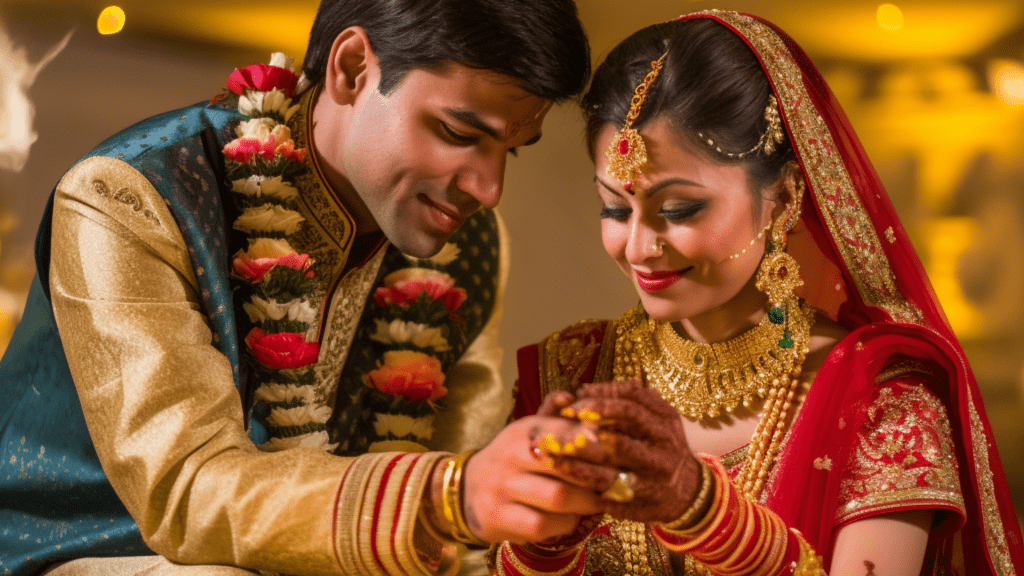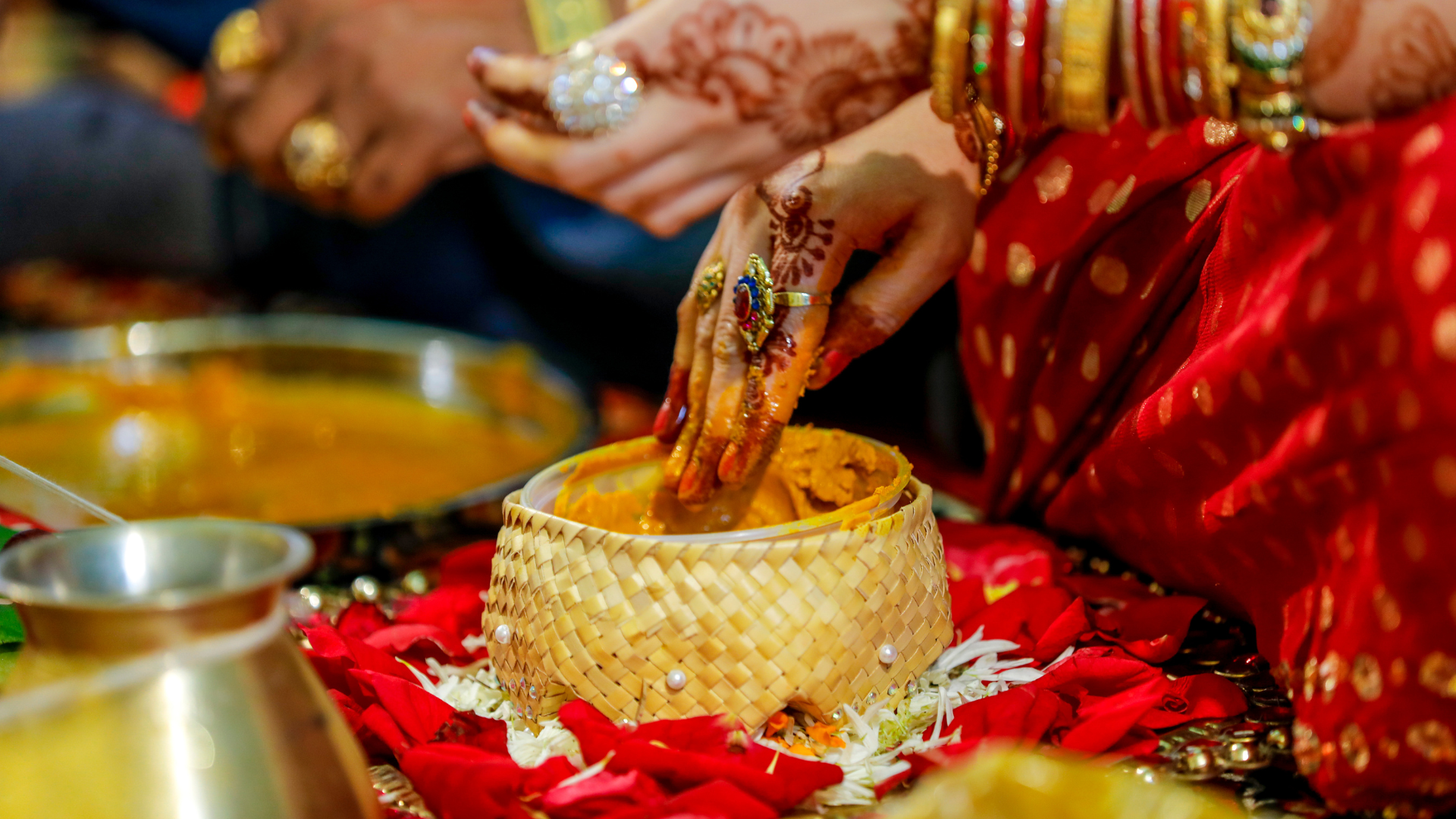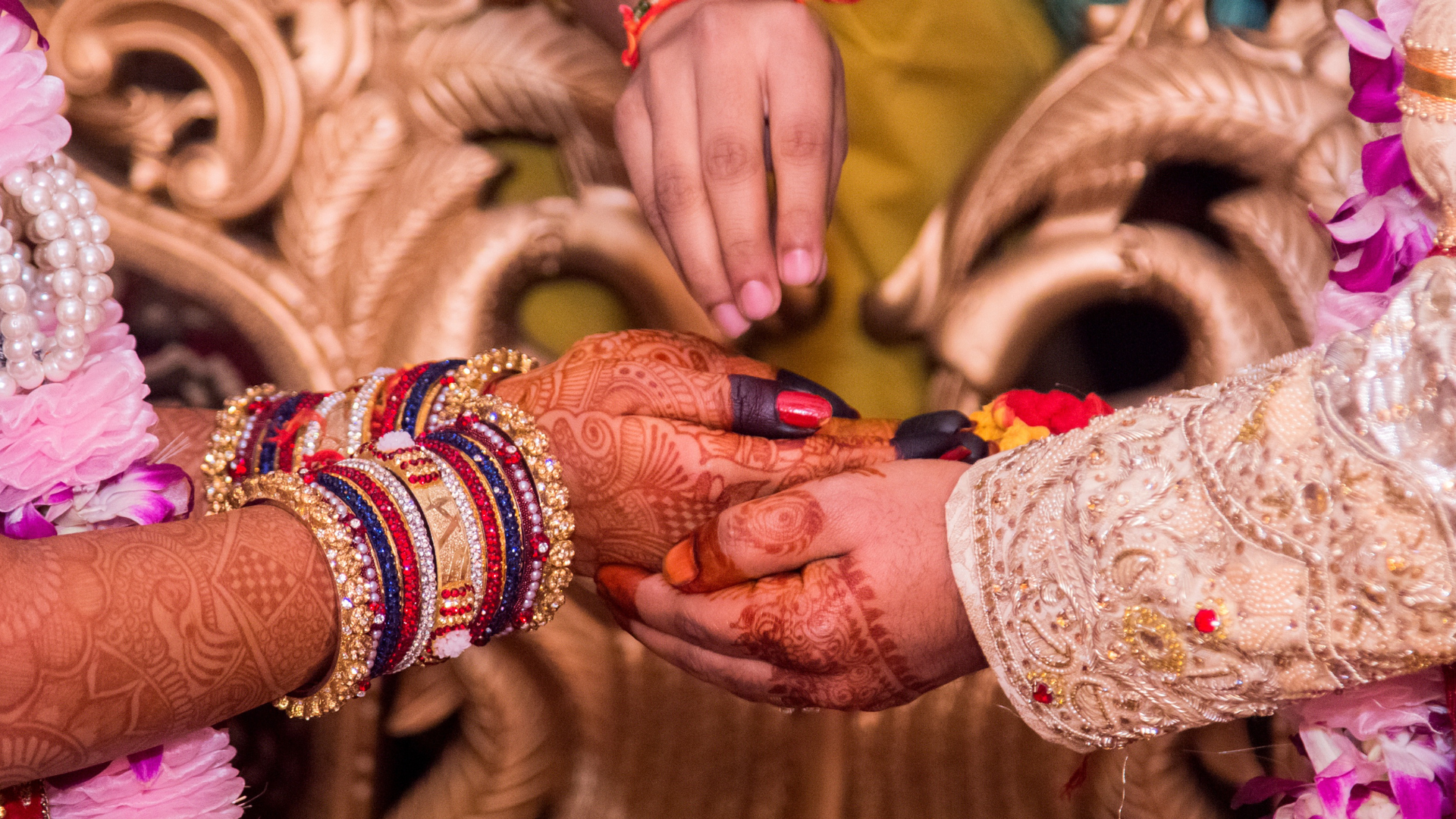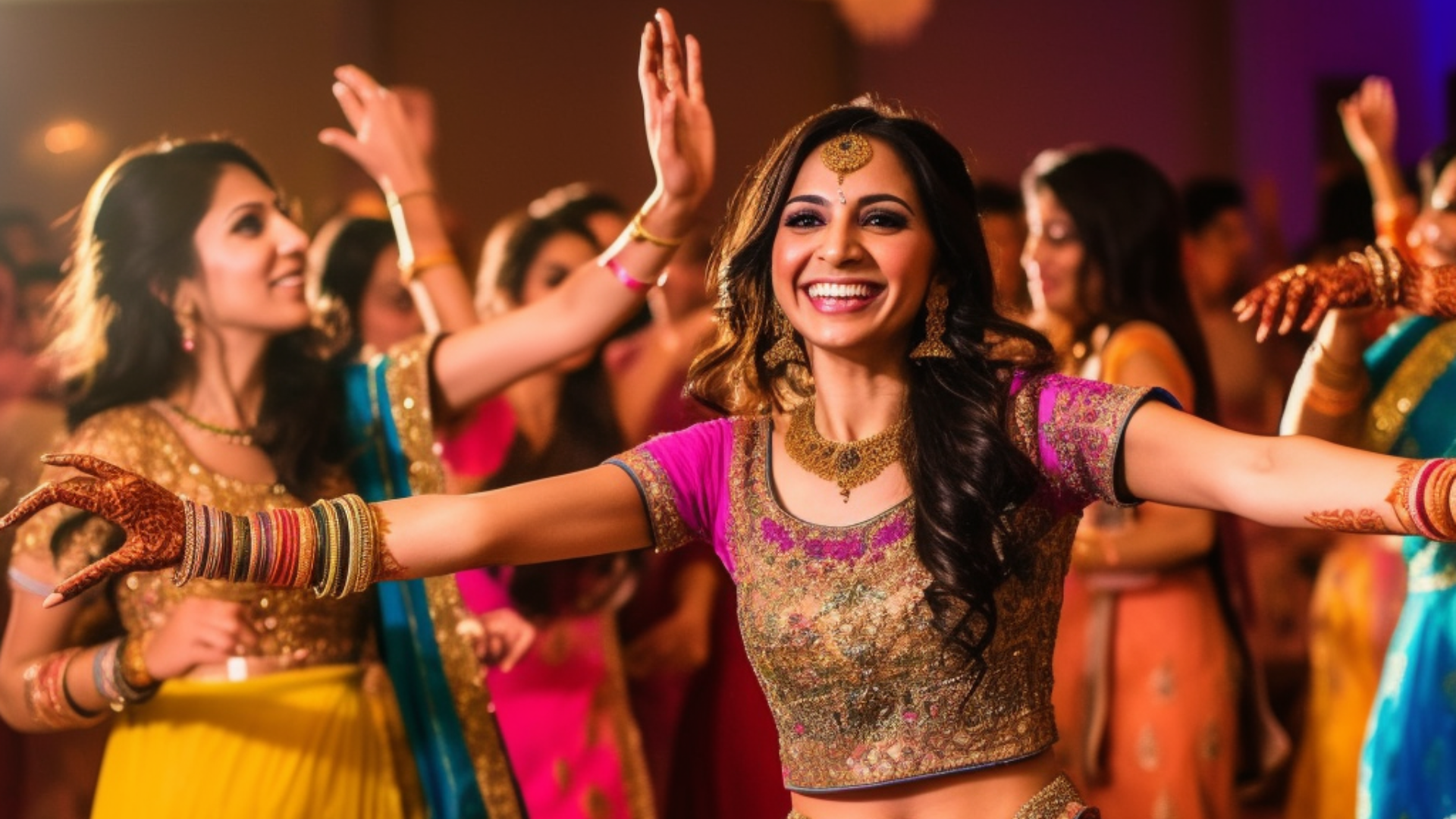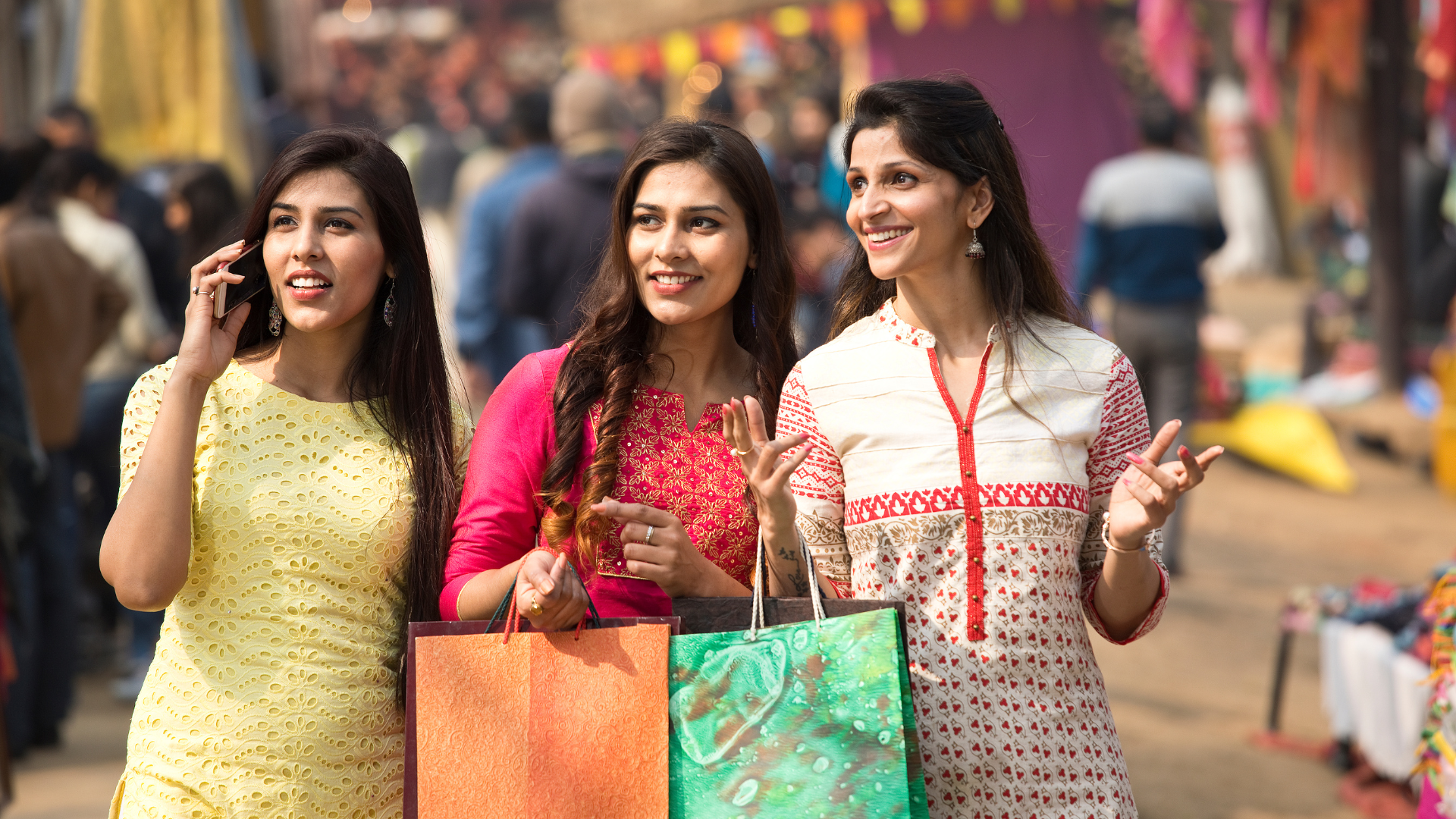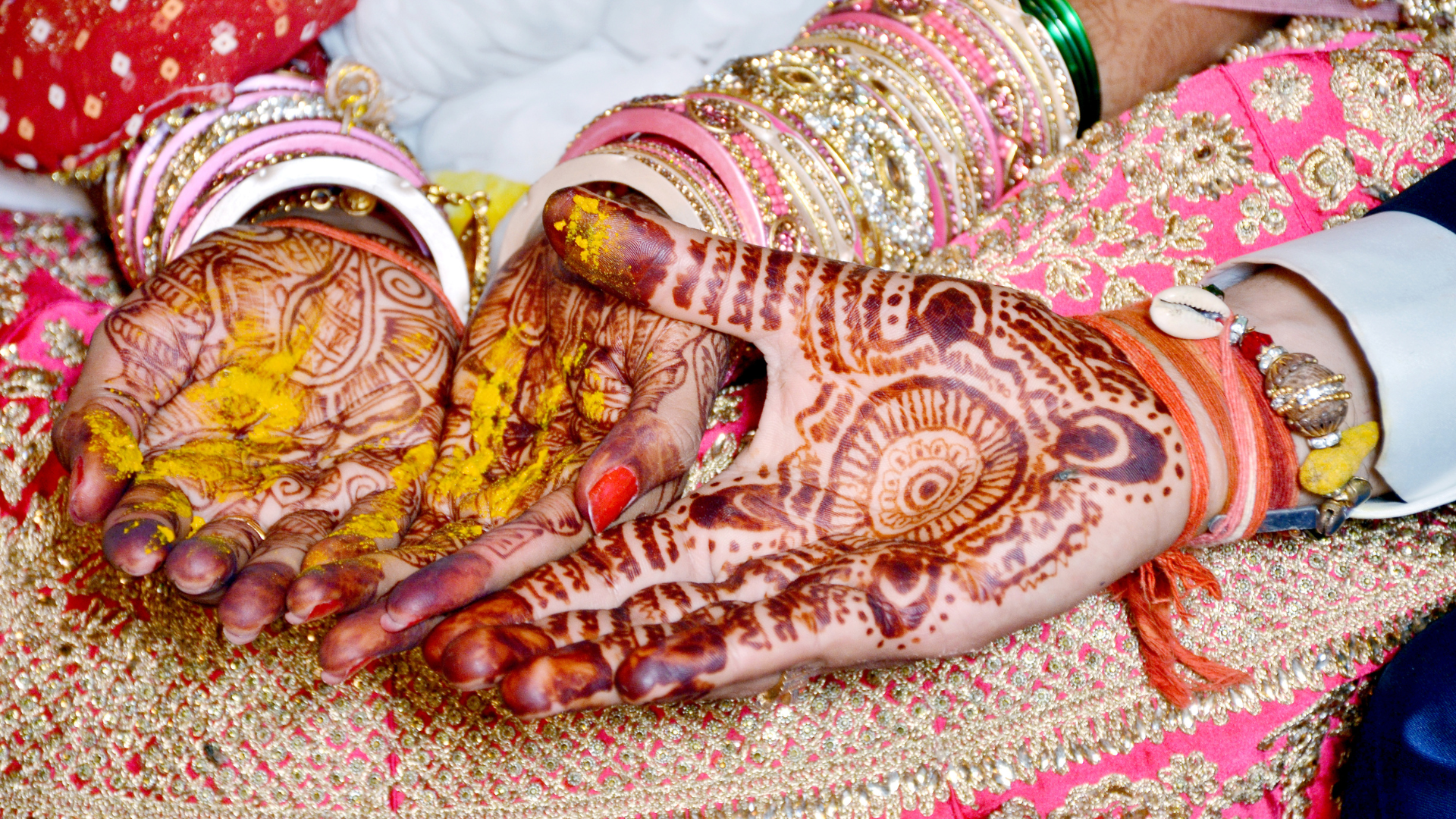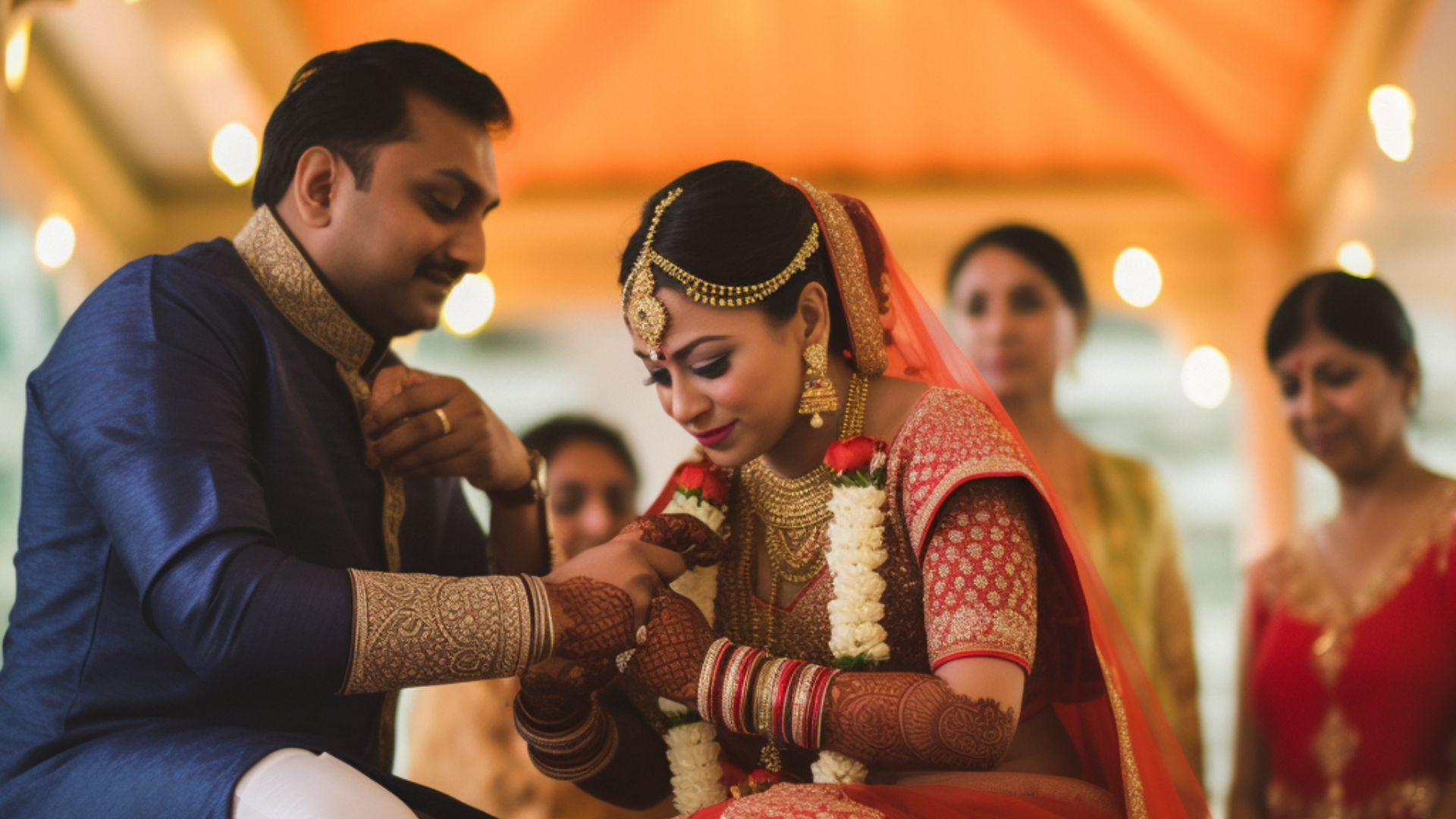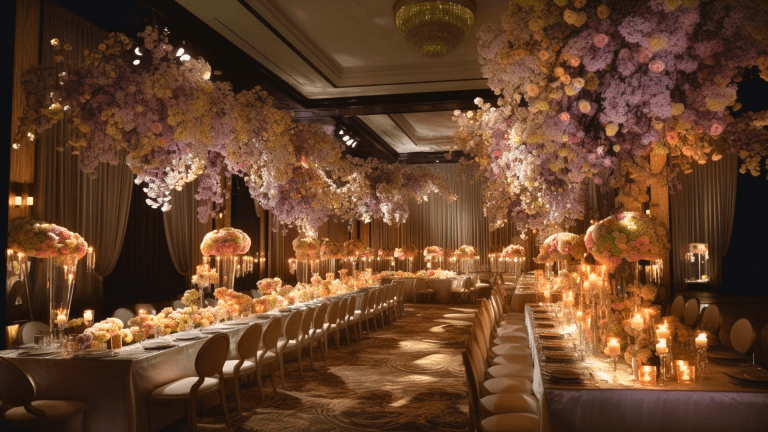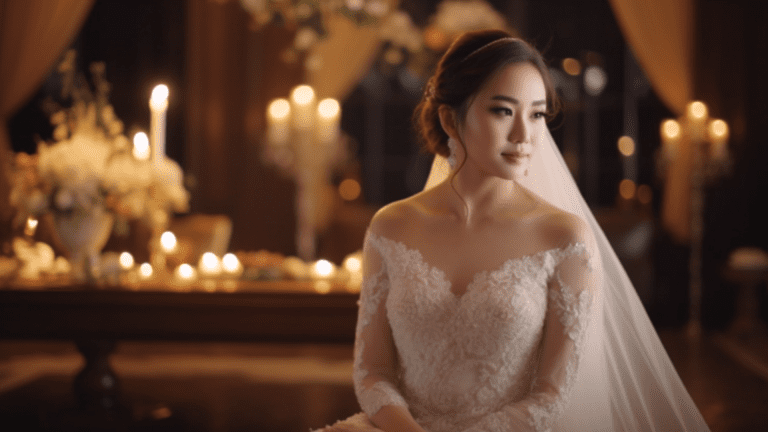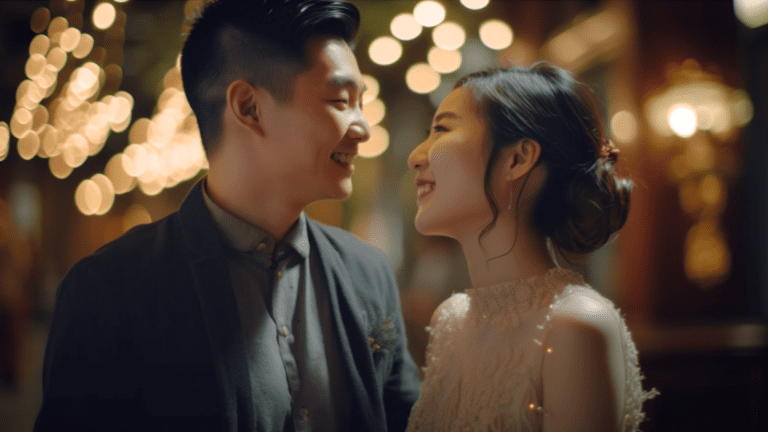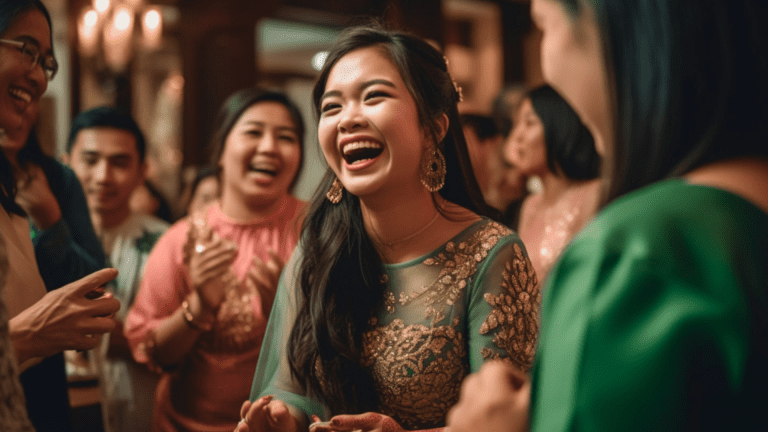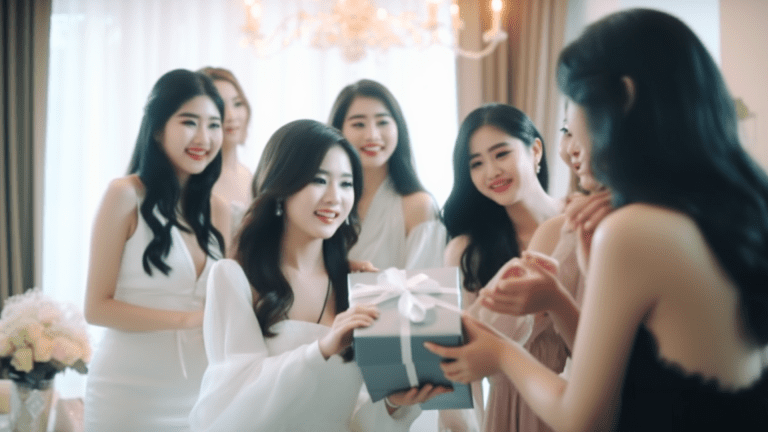Congratulations! Planning the big day is an exciting journey, and we here at 50Gram Wedding are thrilled to guide you through indian wedding tradition. In Malaysia, many couples are choosing to incorporate Hindu rituals in their wedding ceremonies, so if you’re looking for a unique way to honour your heritage, this article is for you!
We’ve looked inside at 6 important pre-marriage rituals in Indian wedding traditions. From the sangeet ceremony to the engagement ceremony, these traditional customs add a special essence of love and joy to any wedding. Each ritual has symbolism and purpose that will make your ceremony extra meaningful. We’ll also give you tips on ensuring your whole event shines with Indian culture.
So get ready for a peek into India’s colourful marriage traditions! Let’s look at some of the most beautiful customs meant to bring two families together in marriage.
Step 1: Haldi Ceremony – Turmeric Blessings for the Wedding Couple
For couples about to embark on this joyous journey and experience a unique Indian wedding, the Haldi ceremony is a must! This special ritual is about turmeric– a traditional Indian spice that symbolizes prosperity and growth. The bride and groom will be applied with haldi paste by their families, and it is believed to bring the couple blessings of good health, beauty, and good fortune.
The paste contains turmeric mixed with sandalwood powder and rosewater, which are all symbols of purity and blessing in the Hindu religion. During this ceremony, the bride and groom are centre stage, but their close family members often apply the haldi paste.
For those looking to add some Indian culture to their wedding ceremonies – the Haldi Ceremony is the perfect way to do just that! This essential ceremony requires much care – only close family members may attend as it may be considered impious for others to witness. In addition, there’s singing of devotional songs that everyone can enjoy!
Step 2: Mehendi Ceremony: Getting Henna Tattoos as a Wedding Tradition
If you are planning an Indian wedding, the mehendi ceremony is sure to be one of your favourite traditions! Held separately for the bride and groom’s family and friends, this pre-marriage ritual typically occurs at the groom’s or bride’s home a day or two before the wedding.
At this lively celebration, guests and family members apply henna tattoos called mehendi on the hands and feet of the soon-to-be-married couple. It is believed that the darker the colour of the mehendi, the deeper their love for each other!
Getting a mehendi tattoo can take several hours as intricate Indian designs are painstakingly painted onto your skin. While it can be time-consuming, it’s also very enjoyable – expect lots of laughter and singing throughout this joyous ceremony.
The mehendi ceremony is a wonderful way to celebrate your upcoming wedding with loved ones and family. Enjoy it!
Step 3: Sangeet Ceremony – A Night of Dance, Music and Celebration
You may not know this, but Indian weddings are typically accompanied by many pre-marriage rituals, and one of the most vibrant and popular is the Sangeet ceremony! It’s a night of joyous dance and music – family and friends come together to sing songs, enjoy scrumptious meals and watch traditional performances in celebration of the happy couple.
The night usually starts with an opening dance among the bridal party, followed by other fun activities like musical chairs, games, skits, and dance battles – you name it! It’s a wonderful way to introduce the bride and groom to each other’s families.
But that’s not all – guests can join in on the fun! Think dancing with vibrant energy or singing along to familiar tunes while creating special memories as a group. This gets everyone involved in the celebrations – even if they don’t know each other very well.
So if you’d like an inside look at Indian wedding tradition, consider incorporating a Sangeet ceremony into your nuptials – you’ll be glad you did!
Step 4: Wedding Shopping – Choosing the Perfect Outfits for the Wedding Day
Indian weddings are known for their bright and beautiful culture, and wedding shopping is one part of the festivities you won’t want to miss. This is your chance to pick out the perfect outfits for your special day!
The emphasis on colour in Indian weddings is amazing, which also applies to clothing! pick out vibrant shades such as maroon, peach, red, magenta, teal, gold or silver. For added opulence, you can also look at traditional patterns like paisley or floral prints.
Another great thing about Indian wedding clothing is that you don’t need to worry about being uncomfortable. After all, it doesn’t have to be solely Western clothing. Many traditional styles of dress are available, such as sari and lehenga choli, creating a beautiful silhouette with plenty of movement.
With 50Gram Wedding’s help, you’ll find the perfect combination of looks for your big day! Plus, the tailoring and craftsmanship involved in making these outfits often feature intricate embellishments such as beading or embroidery work – making them truly special pieces! Don’t forget to take lots of pictures during this process so you can share them with your family and friends back home.
Step 5: Pithi Ceremony – A Paste of Love and Blessings
The fifth pre-marriage ritual in the Hindu wedding tradition is the Pithi Ceremony. During this ceremony, family members or friends apply a paste made of turmeric, mustard oil, and aromatic herbs to the bride and groom’s arms, legs, and forehead. Pithi means ‘paste’ and is applied all over the couple for good luck and health.
Although turmeric is known for its bright yellow hue that can stain your attire, it’s not just used as a decorative item – it’s also believed to have properties that bring peace into your life. And with mustard oil known to contain healing properties for skin and hair, its addition is only natural! However, both items combined with other herbs represent more than just a mixture of health benefits; they symbolize blessings from family members and love between the couple.
Not only that, but this ceremony has also become a part of modern Indian weddings due to its fun nature. It is often accompanied by humorous songs, which add an extra spark of joy during the occasion. It’s no wonder why these pre-marriage rituals have become such an important part of Indian culture even today!
Step 6: Mandap Puja – Spiritual Blessings for a New Beginning
Mandap Puja is a beautiful pre-marriage ritual and a cornerstone of Indian weddings. This ceremony is typically held at the beginning of a wedding, and it aims to bring blessings and spiritual guidance to the new couple by invoking gods and goddesses. The ceremony marks the official start of solemnization proceedings, marking the first step into the new couple’s life together.
So what exactly takes place during Mandap Puja? Here’s how it works:
- The couple offers prayers at the Mandap (which is usually an open stage), along with their families.
- The priest then performs a few ancient traditions such as Kalash Puja (worshipping Lord Ganesha – the remover of obstacles) and Annaprashana Puja (the first feeding ceremony for newborn babies).
- Sacred threads are tied around the bride and groom’s necks, symbolizing their unity.
- After that comes the Sankalpam: vows taken by both parties honouring their marriage vows before God and family.
- By praying to Lord Shiva, Lord Vishnu, Goddess Gayatri, Goddess Parvati, Lord Brahma and God Agni, they seek blessings for their union from all divine forces in all directions.
- The ceremony concludes with Aarti, where lamps are lit in front of each family member as an appreciation for offering blessings to them on this special day!
Mandap Puja is an important pre-marriage ritual that sets a tone of spiritual growth and understanding between partners in Indian weddings – so contact 50gram Wedding today if you want to learn more!
Conclusion
Indian wedding traditions provide a unique and meaningful way for couples to pay homage to their heritage. From the sindoor to the pithi ceremony, there is no shortage of pre-marriage rituals in Hindu culture to consider when planning your wedding.
So if you’re planning a traditional Hindu wedding ceremony, be sure to explore the various pre-marriage rituals and customs to find the right fit for you. 50Gram Wedding makes it easier for couples to create their dream wedding day in Malaysia with wedding planning tips, advice, and resources to help you create the perfect wedding celebration. Ready to get started? Check out our Wedding Planning Tool and start planning your perfect wedding today.
FAQ
The Haldi ceremony is a pre-marriage ritual in Indian weddings where the bride and groom are applied with a paste made of turmeric, sandalwood powder, and rosewater by their families. It symbolizes prosperity, growth, good health, beauty, and good fortune.
The mehendi ceremony is a traditional pre-marriage ritual in Indian weddings where henna tattoos, called mehendi, are applied to the hands and feet of the bride and groom. It is believed that the darker the colour of the mehendi, the deeper their love for each other.
The Sangeet ceremony is a vibrant and popular pre-marriage ritual in Indian weddings. It is a night of dance, music, and celebration where family and friends come together to sing songs, enjoy meals, and watch traditional performances in honour of the couple. It is a joyful way to introduce the bride and groom to each other’s families.
When choosing outfits for an Indian wedding, opt for vibrant shades like maroon, peach, red, magenta, teal, gold, or silver. Traditional styles such as sari and lehenga choli are popular choices. Look for intricate embellishments like beading or embroidery work, and consider traditional patterns like paisley or floral prints. Comfort is also important, so select outfits that allow movement and enjoyment throughout the festivities.
The Mandap Puja is a significant pre-marriage ritual in Indian weddings. It marks the official start of the wedding proceedings and seeks blessings and spiritual guidance for the couple. The ceremony involves prayers, ancient traditions, tying sacred threads symbolizing unity, taking vows, and seeking blessings from various deities. It sets the tone for the spiritual growth and understanding between the partners in their married life.

